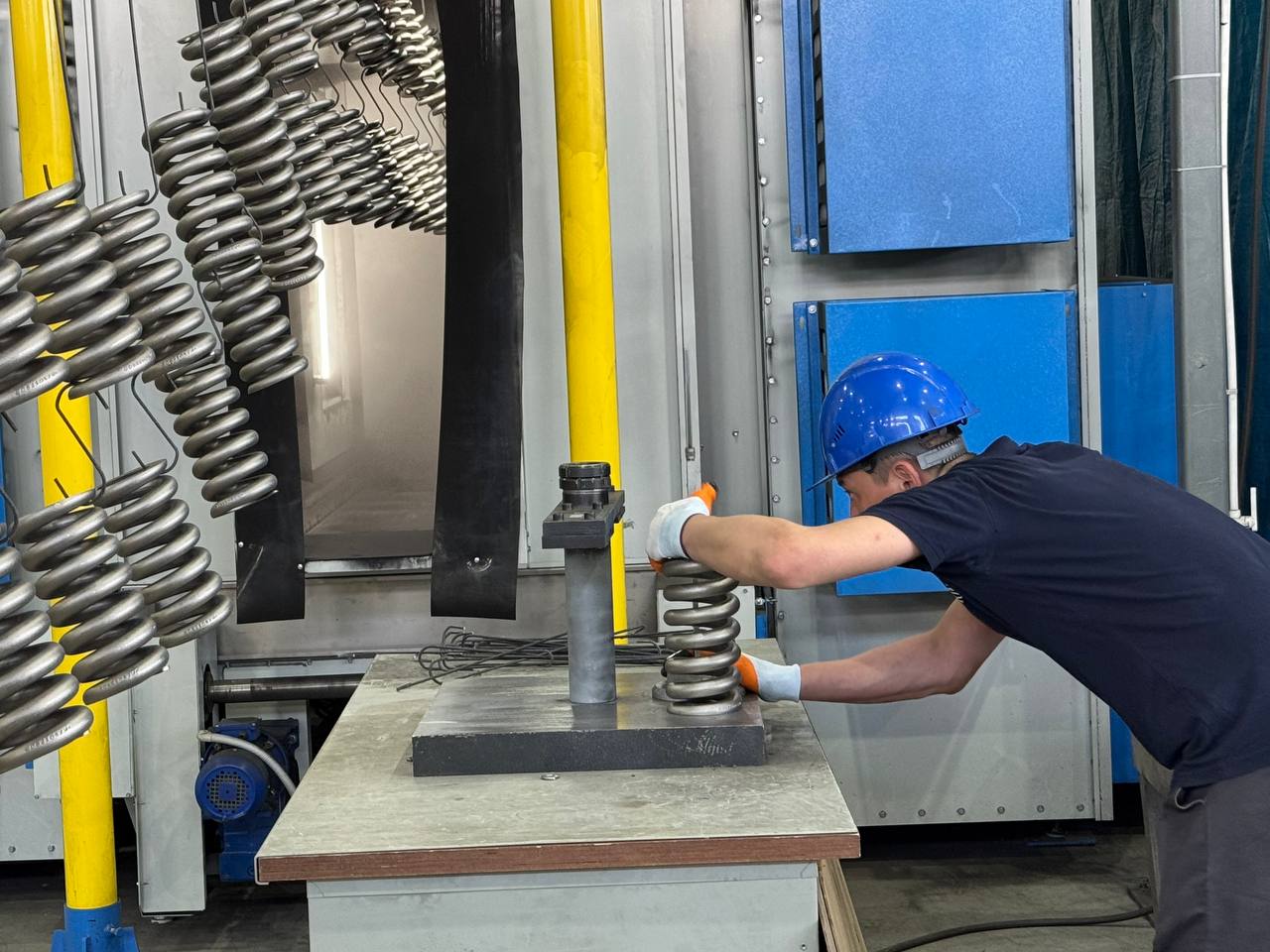Useful articles

Key Causes of Spring Deformation
According to the technical definition: "A compression spring is a mechanical element designed to accumulate and release energy", due to its elastic properties, it can take its original shape after impact. In this article, we will consider whether a spring can lose its elastic properties.
The main characteristic of a spring is its rigidity. This is the ability of the spring to resist compression force. For each unit and assembly in which the spring is installed, an exact indicator of the required rigidity is calculated. Factors affecting the rigidity of the spring:
- the diameter of the workpiece - the larger the diameter, the higher the rigidity;
- the outer diameter of the spring - the larger it is, the lower the rigidity;
- the number of spring turns - the fewer turns, the higher the rigidity;
- its shape;
- raw material - steel grade.
The characteristics of the spring may change during operation.
The main causes of spring deformation.
1. Natural wear and tear or metal fatigue. After a certain number of compression cycles - returning to the original shape, the metal loses its initial elasticity. There is only one way out - replacement, order a new spring.
2. Operation of the spring in a mechanism with a greater load than specified in the manufacturing conditions and characteristics of the spring. If you allow continuous operation of the mechanism in high intensity or load mode, this will negatively affect the springs. The solution is to use reinforced springs with higher indicators, a responsible approach to the requirements.
3. Aggressive and special operating environments. This can include humid air, temperature changes, vibrations, mechanical shocks, electric or magnetic fields, acidic or alkaline environments, etc. The combination of these factors can lead to deformation of the spring. The spring will have a slope that will increase with each compression. When manufacturing a new spring, you need to focus on the requirements of the operating environment.
Danger of spring deformation.
Depending on the role of the spring in the mechanism, the consequences of its defects can be different. For example, a curved element in a machine leads to defective products, and damaged shock absorbers in a car lead to poor handling. If a device or mechanism malfunctions and there is a suspicion of a spring malfunction, its condition must be checked. An external inspection is usually sufficient, but additional measurements may be required in precision mechanisms. If the defect is confirmed, the part cannot be repaired - it can only be replaced. To avoid problems in the future, the manufacturer's technical recommendations must be followed.